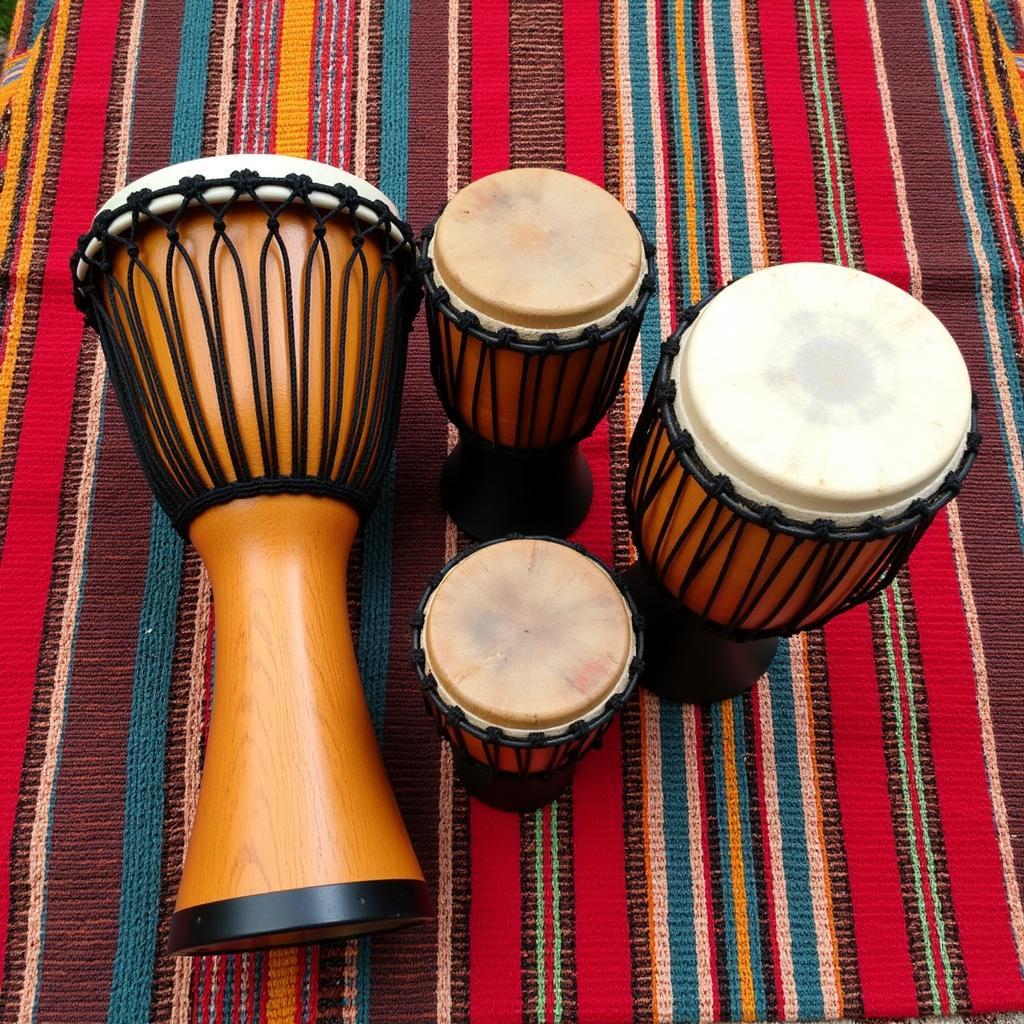How Much Time Out of the Cage Does an African Grey Need?
African Grey parrots are known for their intelligence, mimicry, and ability to bond with their owners. Owning an African Grey parrot is a big commitment, and one of the most important aspects of their care is providing them with enough time out of their cage. But how much time out of the cage does an African Grey really need? This article will explore the importance of out-of-cage time, how to safely integrate your bird into your home, and the potential dangers of not providing them with enough space to explore.
Understanding Your African Grey’s Needs
Like humans, African Greys need both physical and mental stimulation to be healthy and happy. Being confined to a cage for long periods can lead to boredom, frustration, and even behavioral problems. This is why providing them with ample out-of-cage time is essential for their well-being.
How Much Time Out of the Cage is Enough?
There’s no one-size-fits-all answer when it comes to the ideal amount of out-of-cage time for your African Grey. Factors like the bird’s age, personality, and your lifestyle will all play a role. However, a general rule of thumb is to aim for at least 4-6 hours per day.
What to Do During Out-of-Cage Time?
This is the time for your African Grey to explore, interact with you, and learn. Here are some ideas for enriching their experience:
Playtime
- Interactive toys: Offer a variety of toys that stimulate their curiosity and mental abilities. This could include puzzles, foraging toys, and even simple objects like cardboard boxes.
- Bird-safe play areas: Create a safe space for your bird to play outside of their cage. This could be a dedicated room, a play stand, or even a designated area on a table.
Bonding Time
- Social interaction: Spend quality time with your African Grey, talking to them, playing games, and teaching them new tricks.
- Training: African Greys are highly intelligent birds, and teaching them basic commands can be both rewarding and enriching.
Exploration and Exercise
- Perch time: Provide your bird with various perches of different shapes and sizes. This helps them exercise their feet and claws.
- Flight time: If you have a bird-safe room, allow your bird to fly around for supervised exercise.
Integrating Your Bird into Your Home
When introducing your African Grey to your home, safety should be the top priority. Here are some tips:
- Bird-proof your home: Ensure that all toxic plants, household cleaners, and other potentially harmful substances are out of reach.
- Start slowly: Don’t overstimulate your bird by immediately giving them free reign of your entire home. Begin with a small, safe area and gradually expand their access as they become more comfortable.
What Happens if You Don’t Provide Enough Out-of-Cage Time?
Failing to provide your African Grey with enough out-of-cage time can have negative consequences. Here are some potential problems:
- Boredom and frustration: This can lead to destructive behaviors like feather plucking or screaming.
- Behavioral problems: Your bird may become aggressive or exhibit other undesirable behaviors.
- Health issues: Lack of exercise can contribute to obesity and other health problems.
What if My African Grey is Too Aggressive or Biting?
If your African Grey exhibits aggressive behavior, it’s important to seek professional help from an avian veterinarian or a certified avian behaviorist. They can help identify the underlying causes of the behavior and provide guidance on how to address them.
Safety Tips for Out-of-Cage Time
- Supervise your bird at all times: Never leave your African Grey unsupervised when they are out of their cage.
- Secure windows and doors: Make sure all windows and doors are closed and secure to prevent escape.
- Remove hazards: Identify and remove any potential hazards, such as electrical cords, sharp objects, or poisonous plants.
Conclusion
Providing your African Grey with adequate out-of-cage time is essential for their physical, mental, and emotional well-being. By following these tips, you can create a safe and stimulating environment for your beloved companion. Remember, the key is to provide them with a balance of play, bonding, exploration, and exercise. By taking the time to understand your African Grey’s needs, you can ensure that they have a happy and fulfilling life.
Frequently Asked Questions (FAQ)
Q: How long does an African Grey parrot need to be out of its cage every day?
A: Aim for at least 4-6 hours of out-of-cage time per day.
Q: How do I introduce my African Grey to my home safely?
A: Start slowly, bird-proof your home, and gradually expand their access to different areas.
Q: What are some signs that my African Grey isn’t getting enough out-of-cage time?
A: Look for signs of boredom, frustration, aggression, and destructive behaviors.
Q: My African Grey is very aggressive and bites. What can I do?
A: Seek professional help from an avian veterinarian or a certified avian behaviorist.
Q: How can I make out-of-cage time more enriching for my African Grey?
A: Provide interactive toys, bird-safe play areas, and opportunities for training and bonding.
Q: Is it safe to let my African Grey fly freely in my home?
A: Only if you have a bird-safe room and can supervise them closely.
Q: How long does it take for an African Grey parrot to learn to be independent?
A: Each bird is different. Some may become more independent quickly, while others may take longer. Patience and consistency are key.



